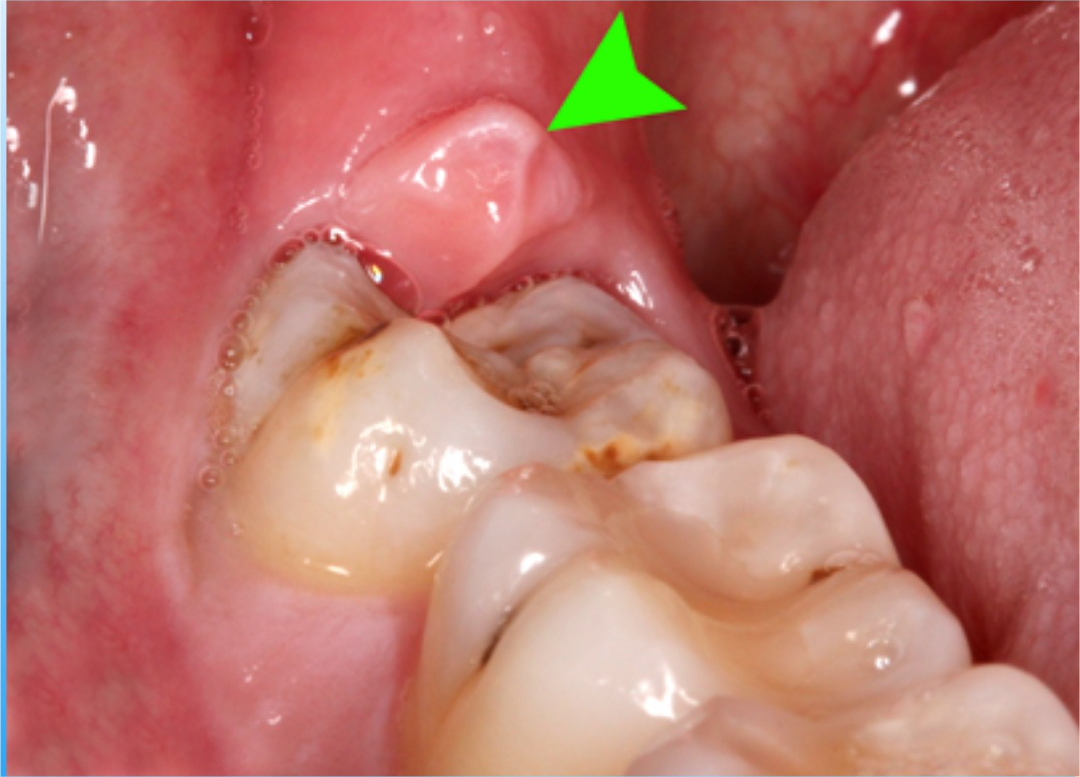Dr. Sibuti Riro a consultant periodontist at Supreme Smiles Avenue discusses salient features associated with “Wisdom teeth” or third molars.
BY DR. SIBUTI RIRO, CONSUTANT PERODONTIST
A patient walked into my dental clinic and approached the receptionist with urgency; she could hardly sit and said she couldn’t wait for morning to come so she could come to the clinic. The receptionist came to my office and told me there was a patient who was obviously in severe pain and could I see her? Since I did not have an early morning appointment, I let her into my office.
When I had reassured her and she had sat down, I asked for her history; what and where the pain was and when it started. It turned out that Mary (not her real name) had been growing Wisdom teeth (back or last molar teeth) for the last couple of years since high school, which she thought was normal, but they had started causing her me terrible pain and swelling every now and then.
After I examined her, I explained to Mary her problem and told her that her condition was fairly common and could be managed.
Generally, Mary’s problem can be gleaned from the information below.
Which ones are the Wisdom Teeth and why are they called so?
Wisdom Teeth or third molars, are the last permanent teeth deep in the mouth and usually last to erupt in to the mouth. They mainly erupt into the mouth between 17 and 21 years of age. They can, however, erupt many years later. They have been called Wisdom Teeth because their eruption is associated with “adulthood”. Most adults have four wisdom teeth.
Wisdom Teeth are notorious for causing a lot of discomfort and even pain during eruption.
Why would they cause you so much discomfort?
Wisdom Teeth can fail to reach the “normal” position in the mouth. When this happens, the failed teeth are called impacted teeth. They can be present in the mouth but facing the wrong direction, sideways or backwards. They can be partly hidden under the gums, or they can even be completely buried in gums or jaw bones.
We expect a wisdom tooth to have erupted well around age 22. Beyond that it is unlikely to move, unless some other tooth has been lost, thereby creating space for movement of the impacted tooth.
Dental health issues associated with impacted teeth?
A wisdom tooth that is partially erupted has an overlying gum covering part of the crown. The overlying gum hinders proper oral hygiene and is likely to promote food packing. This results in build up of food debris that in the long run attract and promote growth of bacteria. This can in turn promote development of several dental problems, including:
- Bad Breath
- Pericoronitis and periodontal abscess
- Gum disease and Periodontal disease
- Caries(decay) on the impacted tooth and the neighboring tooth
- Impacted teeth are also associated with other conditions such as cysts and growths which can cause excruciating pain.
- Also equally important is the fact that they can actually exist without causing any particular problems!
Your take home message
You should monitor your teeth regularly, clean them thoroughly but not over-zealously, you may risk eroding the enamel. If you suspect any issues from your Wisdom Teeth get professional help. The dentist will do the necessary investigations and help determine the next step to treat the discomfort. Treatment options may include surgical extraction under local anaesthesia or surgically removing the swollen piece of flesh (operculum) covering the tooth.
Visit your dentist after every six months for regular check up and cleaning before any unexpected problems/discomforts arise.
Dr. Sibuti Riro is a consultant Periodontist at Supreme Smiles Avenue Dental Center located in Kilimani along Tigoni Road directly opposite Naivas Kilimani entrance. He can be reached via 0721568972
